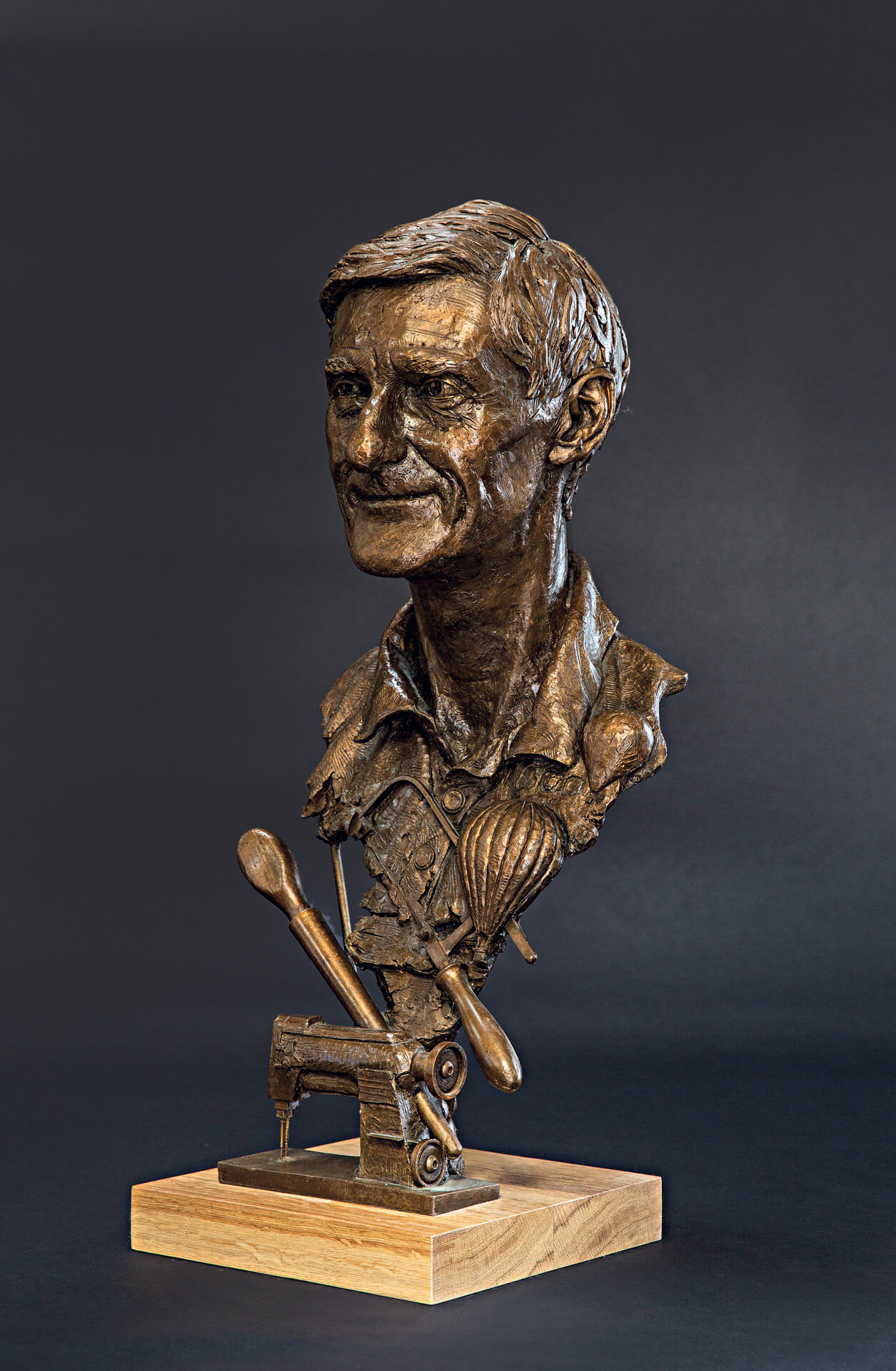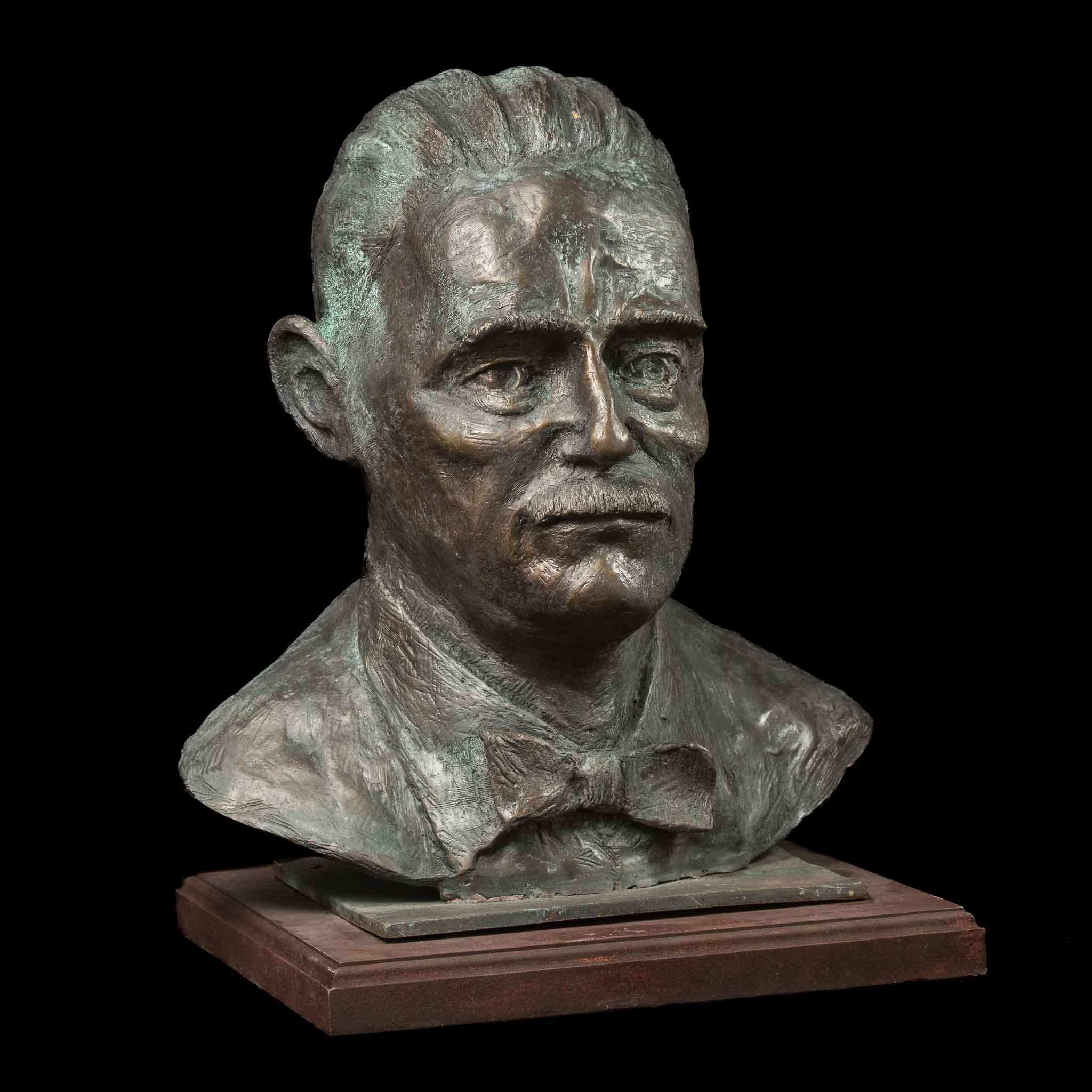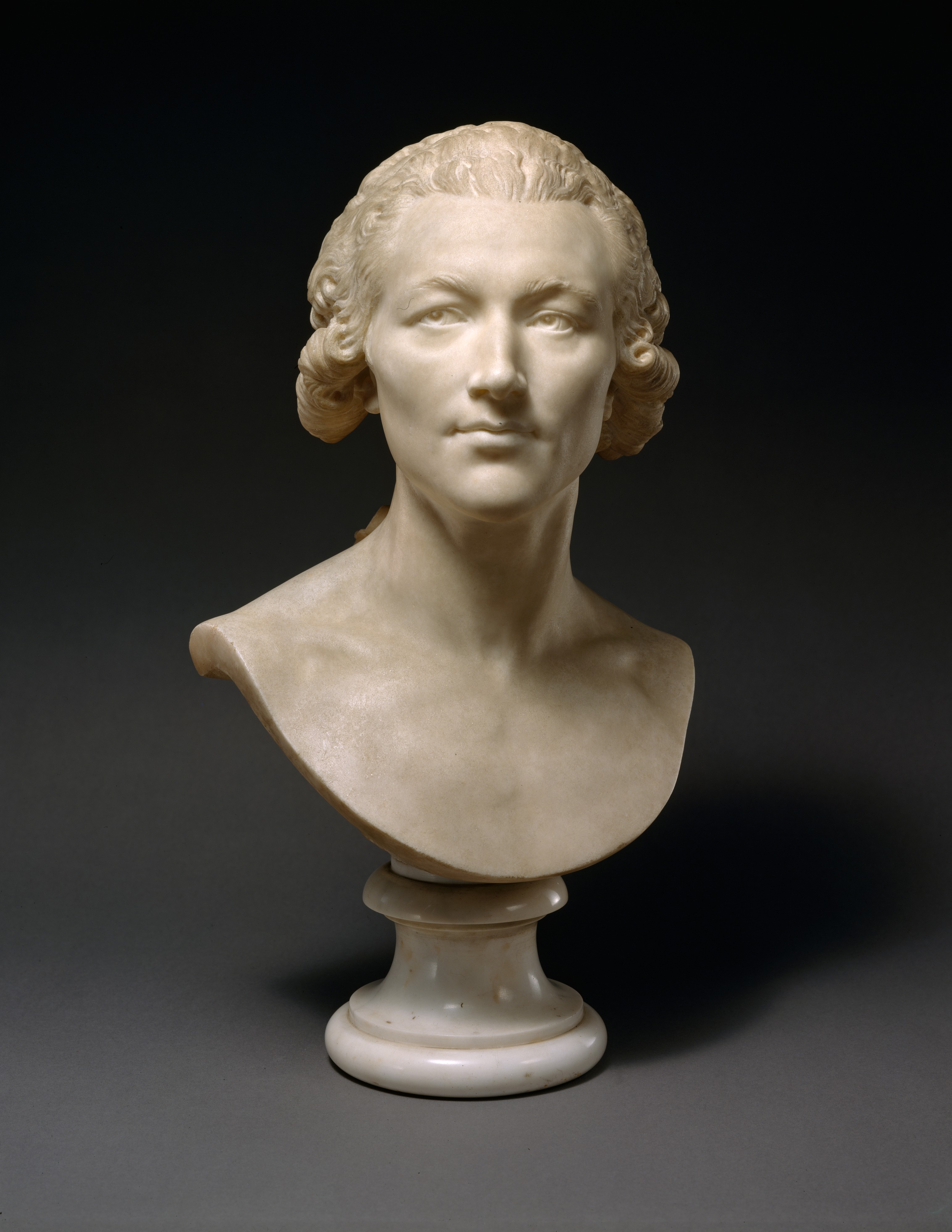Grace in Motion: Discover the Elegance of Equine Sculptures
Wiki Article
The Impact of Nature in Sculpture Art
The impact of nature in sculpture art is a subject that has mesmerized musicians throughout history. From old human beings to modern musicians, the environment has actually functioned as a profound source of inspiration. This influence is apparent in the organic kinds and shapes that are commonly discovered in sculpture, simulating the curves and contours of nature. Carvers additionally check out structure and materials in their work, seeking to recreate the responsive qualities of the environment. Significance of natural elements is another method which nature influences sculpture, as musicians imbue their productions with the significance and associations inherent in these aspects. The environment itself, with its landscapes, vegetation, and fauna, is typically reflected in sculptures, providing a connection to the globe around us. Eventually, sculpture art has the power to capture the transience of nature, cold a minute in time and allowing us to value its appeal .Organic Kinds and Forms
Organic forms and types, influenced by the harmonious frameworks and detailed patterns located in nature, play a critical role in the realm of sculpture art. Artists have actually long been astounded by the beauty and intricacy of the all-natural globe, discovering inspiration in the elegant contours of a seashell, the delicate flowers of a blossom, or the twisting branches of a tree. By mimicing and abstracting these organic kinds, musicians are able to develop sculptures that evoke a feeling of harmony and balance.Among the factors natural types and shapes are so prevalent in sculpture art is their capacity to attach with viewers on a deep psychological degree. The natural world knows to all of us, and when we see these forms represented in art, it elicits a feeling of convenience and acknowledgment. It reminds us of our place in the grand plan of things and permits us to link with something above ourselves.
Moreover, natural forms and forms in sculpture art usually personify a sense of motion and energy. The flowing lines and vibrant structures simulate the continuous movement and growth located in nature. This develops a sense of vigor and brings sculptures to life, making them appear as if they might continue to change and progress prior to our eyes.
Structure and Product Expedition
A considerable facet of sculpture art influenced naturally is the exploration of appearance and materials with the use of different methods and tools. Artists often draw ideas from the diverse textures discovered in the environment, such as the harsh bark of a tree, the smooth surface area of a stone, or the elaborate patterns on a fallen leave. By including these textures right into their job, carvers can develop a responsive experience for audiences, inviting them to involve with the artwork on a sensory degree.Texture can be accomplished in sculpture with a range of methods. Some musicians pick to sculpt or sculpt directly into the picked product, producing a three-dimensional surface that resembles the appearances found in nature - Figurative Sculptures.
Product exploration is likewise a substantial component of sculpture art affected by nature. They might incorporate natural components like branches, leaves, or even soil into their sculptures, blurring the boundaries between art and the atmosphere.
Significance of Natural Elements
The incorporation of natural environments in sculpture art includes a layer of symbolism and deepness to the art work. By making use of materials found in nature, carvers are able to imbue their developments with definition that resonates with audiences on a profound level. All-natural components such as wood, rock, and plants have actually been utilized throughout history to share various symbolic messages.Sculptures crafted from this product can stimulate a feeling of connection to the earth and the cycles of life. Sculptures sculpted from rock can signify the ageless nature of certain concepts or principles.
Blossoms and plants are likewise frequently integrated into sculpture art, representing motifs of development, charm, and renewal. The delicate petals and dynamic shades of blossoms can evoke feelings of joy, while the linking branches of plants can signify interconnectedness and unity.
In addition to these natural materials, sculptors might likewise utilize natural environments such as wind, water, or fire to better boost the symbolic message of their art work. These aspects can represent the transformative power of nature, the passage of time, or the pressures that shape our globe.

Representations of the Atmosphere
Reflections of the Setting can be seen in sculpture art via the unification of natural aspects and the representation of environmental themes. Carvers often draw ideas from the environment, making use of materials such as timber, rock, or even recycled materials to create their artworks. By utilizing these all-natural components, they not just pay homage to the atmosphere but also produce a stronger link in between the art work and its surroundings.In enhancement to the products made use of, sculpture art also shows the atmosphere via the portrayal of environmental styles. Several sculptors choose to portray animals, plants, or landscapes in their work, highlighting the appeal and delicacy of the all-natural globe. These sculptures act as reminders of the importance of preserving our atmosphere and the requirement for lasting methods.

Moreover, ecological sculptures commonly intend to increase understanding regarding pressing eco-friendly issues. They function as visual depictions of the impact of human tasks on the setting, such as climate, pollution, or logging modification. By illustrating these problems in their artwork, artists intend to inspire visitors to act and end up being more aware of their own environmental impact.
Capturing the Transience of Nature
Sculpture musicians additionally explore the impact of nature by skillfully recording the ever-changing and ephemeral facets of the environment. With their artistry, these musicians intend to show the fleeting elegance and transience of nature, evoking a feeling of wonder and consideration in audiences.One method which sculpture artists record the transience of nature is by using products that are themselves based on decay and adjustment. Musicians might choose to function with natural materials such as fallen leaves, blossoms, or timber, which naturally wear away over time. This purposeful choice highlights the brevity of nature and advises us of Robert C Hitchcock Sculptor the inevitable cycle of life and death.
Furthermore, sculpture musicians commonly employ methods that develop a sense of movement and fluidness in their job. By incorporating streaming lines and vibrant kinds, they convey the ever-changing nature of the environment. This can be seen in sculptures motivated by wind, water, or the development of plants, where the artist looks for to capture the significance of constant movement and improvement.
Furthermore, some artists select to develop momentary or site-specific setups that engage with the setting. These ephemeral sculptures, made from materials such as light, sand, or ice, are intentionally made to progressively alter or go away with time. By welcoming the transient nature of their developments, artists invite customers to assess the short lived beauty of the all-natural world and the impermanence of human existence.

Final Thought
In verdict, nature has a profound impact on sculpture art. Via making use of organic kinds and forms, artists have the ability to stimulate a feeling of all-natural beauty and harmony. Structure and material exploration even more enhance the connection to nature, as musicians often incorporate all-natural products right into their sculptures. Importance of all-natural aspects includes depth and implying to the artwork, while representations of the atmosphere capture the significance of nature. Inevitably, sculpture art catches the transience of nature and celebrates its long lasting impact.
Significance of natural aspects is one more method in which nature affects sculpture, as musicians imbue their developments with the meaning and organizations integral in these aspects.A considerable aspect of sculpture art affected by nature is the exploration of texture and products via the use of numerous methods and tools (Bronze Sculptures).Material exploration is additionally a substantial part of sculpture art influenced by nature.One means in which sculpture musicians catch the transience of nature is by using materials that are themselves subject to decay and adjustment. Texture and product expedition additionally boost the link to nature, as musicians usually integrate all-natural products right into their sculptures
Report this wiki page